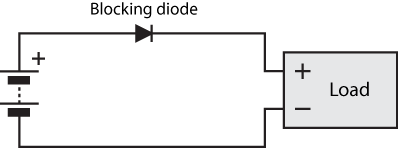I have a tall tower 386 I got over summer 2020. It came with a barrel BIOS battery soldered to the motherboard. The battery was completely dead and the motherboard was not holding any BIOS data after shutdown (date, time, floppy drive settings, and hard drive type). So I unsoldered the battery and put 4 AA batteries in the battery case that is on the floor of the computer case. I got the proper wire to reach from the battery case to the pin header on the motherboard for the external BIOS battery(ies). The AA batteries are brand new, non-rechargeable. I verified with a multimeter that the contacts that touch the pins have the correct voltage (1.5 V. * 4 = 6 V.).
Problem is, the BIOS still does not hold any data after shutdown. Why?
Problem is, the BIOS still does not hold any data after shutdown. Why?


